-

email us
management@plumbingdoctornj.com
-

call us now
908-873-6686
Blog
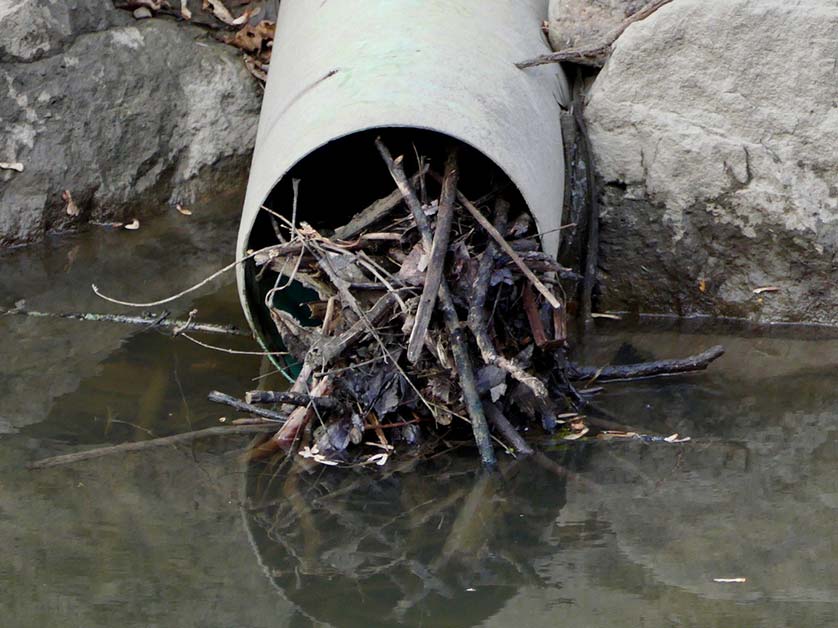
18 Jul. 2024
Can Heavy Rain Cause Issues With My Plumbing?
Heavy rainfall is often seen as a relief during hot summers, heralding a drop in temperatures and nurturing the environment. However, what’s beneficial to nature can sometimes pose challenges to our home infrastructure, especially the plumbing system. Since weather patterns can bring significant rainfall in the area, it’s crucial to understand how these conditions might impact your residential plumbing.
In this post, we discuss how heavy rain can affect your plumbing system and what you can do to mitigate potential issues.
Blocked Drains
One of the immediate effects of heavy rain is the increased risk of blockages in your drains. As rainwater rushes through your property’s external drainage system, it often carries along debris such as leaves, sticks, and trash. These things can accumulate fast, leading to clogged pipes and slow water flow. Such blockages can cause extensive damage to your plumbing system if not addressed promptly.
Pressure and Pipe Damage
Heavy rainfall doesn’t only increase the volume of water your plumbing system has to manage; it also adds significant pressure on your pipes, particularly those laid underground. The soil surrounding these pipes becomes saturated, making it heavier and causing it to exert more force on the pipes. This added pressure can cause pipes to shift, bend, or break, resulting in leaks or severe burst pipes, which are costly and problematic to repair.
Increased Ground Saturation and Plumbing Disruption
The ground saturation from prolonged rainfalls doesn’t only pressure the pipes. It can also lead to a softer substrate that shifts more easily, potentially misaligning your plumbing infrastructure. This issue is compounded in residences with older plumbing systems, which may not be fully equipped to handle such stress. Older homes may experience more frequent and severe damage during heavy rainfall.
Flooding
Proper drainage is critical in ensuring that excessive rainwater is channeled away from your home efficiently. Blocked storm drains and gutters can lead to flooding, which poses a risk not only to your plumbing but to the structure of your home as well. Regular maintenance, such as cleaning gutters and ensuring downspouts are directing water away from your foundation, is essential. Additionally, consider installing a sump pump if you have a basement as it is an effective measure against flooding.
Recognizing the Warning Signs
It’s important to know how to recognize early warning signs of plumbing stress caused by heavy rainfall. Slow drainage might be your first hint that a blockage is forming. Similarly, any changes in water pressure or discoloration of water can indicate a fractured pipe or a more severe issue within your system. Addressing these signs early can prevent most emergencies.
Plumbing Doctor is experienced and equipped to handle plumbing issues caused or exacerbated by heavy rainfall. Count on our team to keep your home safe and dry, no matter the weather. Call us at (908) 873-6686 or complete our online form to schedule an appointment.
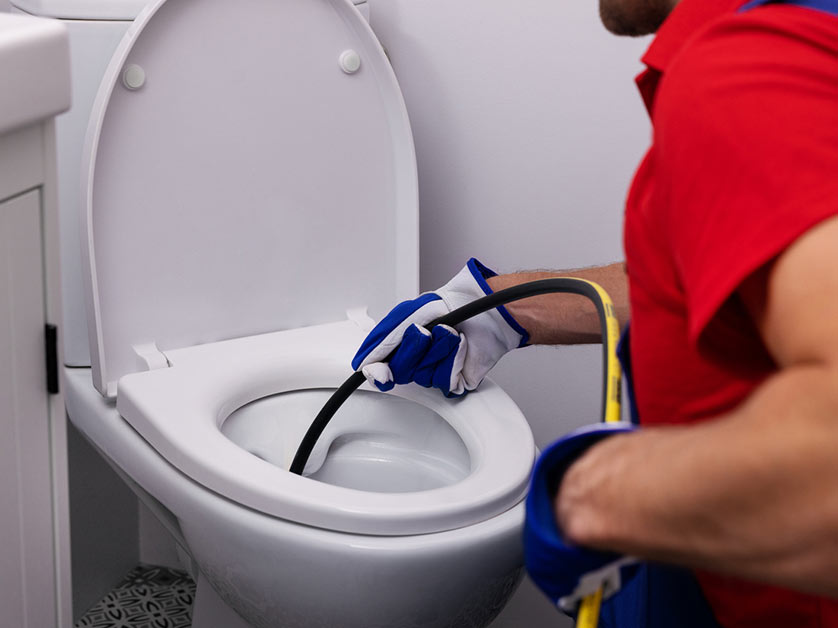
13 Jul. 2024
Should I Have My Pipes Snaked or Hydro Jetted?
You have two options for clearing clogged pipes in your home: snaking and hydro jetting. Both methods are popular for different reasons, and choosing the right one depends on the specifics of your plumbing issue. Here’s a simple guide to help you determine the best approach for your situation.
Understanding Snaking and Hydro Jetting
Snaking
This technique involves using a metal cable with an auger at the end, which is inserted into the drain to physically dislodge the blockage. It is time-tested and particularly suited to address minor blockages. One significant advantage of snaking is that it is less likely to damage older, fragile pipes.
Hydro Jetting
This method utilizes a high-pressure water stream to blast through blockages within the pipes. It can clear clogs immediately and clean the interior walls of the pipes, removing grease, mineral buildup, and other debris that could lead to future clogs.
When to Choose Snaking
Snaking is ideal for simple clogs, especially those close to the drain opening. It’s often the preferred choice for homes with older plumbing systems that may not withstand the intense pressure from hydro jetting.
When to Choose Hydro Jetting
Hydro jetting stands out for its ability to provide a thorough cleaning inside your pipes. It’s highly effective against stubborn clogs, including those caused by tree roots or built-up grease. While it might come with a higher upfront cost than snaking, the investment pays off by significantly reducing the likelihood of future clogs.
Plumbing Doctor has the expertise to inspect your pipes and recommend the most effective, most cost-effective, and safest solution for your specific situation. Call us at (908) 873-6686 or complete our online form to schedule an appointment.
- By:Michael Holt
- hydro jetting, snaking
- Comments:No Comments
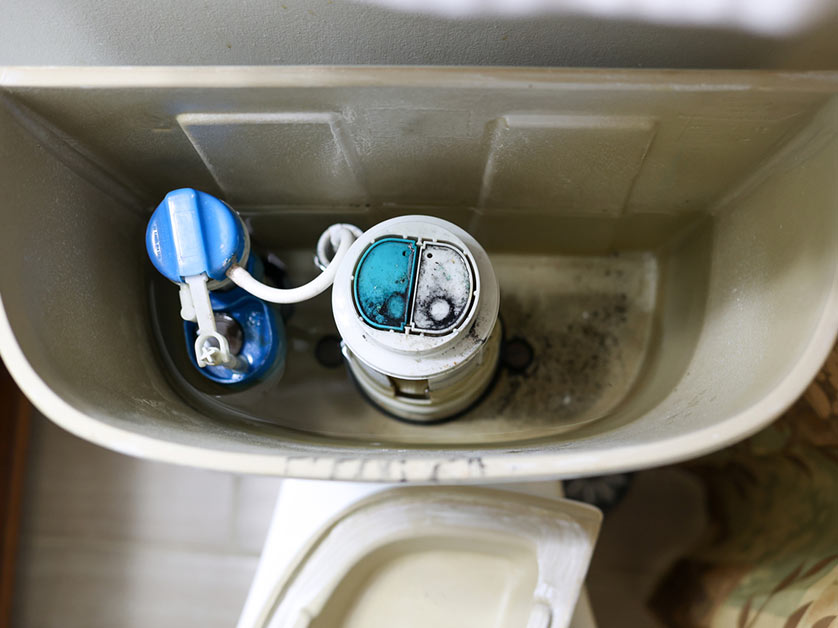
30 Jun. 2024
Why Isn’t My Toilet Tank Filling Up?
A toilet tank that won’t fill up can be quite an inconvenience. It could halt the daily flow of your life and result in bigger issues. Understanding the common reasons behind this problem and knowing how to address them can help you save time and avoid the need for emergency repairs. Continue reading to find out the usual culprits behind this toilet issue.
Common Reasons Behind a Toilet Tank’s Failure to Fill
Debris in the Water Supply
Over time, debris can accumulate in your plumbing system, such as in the valve body, supply line, or shut-off valve. This buildup can restrict the flow path of water, slowing down the filling speed of your toilet tank. Regular maintenance is essential to ensure the cleanliness and functionality of these components.
Worn-Out Fill Valves
The fill valve plays a crucial role in refilling your toilet tank post-flush. If your toilet has been in use for a significant period, typically seven years or more, the internal components of the fill valve may start to wear out. This wear can affect its efficiency in refilling the tank.
Faulty Float Mechanism
The float mechanism controls the water level in your toilet tank. If the float is improperly adjusted or becomes damaged, it can prevent the tank from filling correctly. Sometimes, a simple adjustment or replacement of the float can remedy the situation.
Steps to Troubleshoot and Resolve the Issue
Flushing Out Debris
One of the first steps in troubleshooting a toilet tank that won’t fill up is to clear out any debris. This process involves shutting off the water supply, flushing the tank, and carefully removing and cleaning the valve’s components. Flushing your water supply system to remove accumulated debris can often resolve slow filling issues.
Inspecting and Replacing Fill Valves
If flushing out debris doesn’t solve the problem, inspecting the fill valve for signs of wear or damage is the next step. Replacement parts are readily available and can be a cost-effective solution. Opting for high-quality replacement valves can ensure reliability and longevity.
Adjusting or Replacing the Float Mechanism
An improperly functioning float mechanism can often be the culprit. Adjusting the float to ensure it stops water at the correct level may resolve the issue. If the float mechanism is damaged or worn out, replacing it is a straightforward and effective solution.
Professional Assistance Is a Call Away
While DIY solutions can be effective for minor issues, complicated problems may require the expertise of a professional plumber. Plumbing Doctor offers comprehensive plumbing services, ensuring your toilet and other parts of your plumbing system operate efficiently and effectively. If you’re unsure about tackling plumbing issues on your own or if you’ve attempted repairs with no success, it’s important to call in the experts.
Plumbing Doctor is equipped to handle plumbing challenges, ensuring peace of mind and the smooth functioning of your home’s plumbing system. Call us at (908) 873-6686 or complete our online form to schedule an appointment.
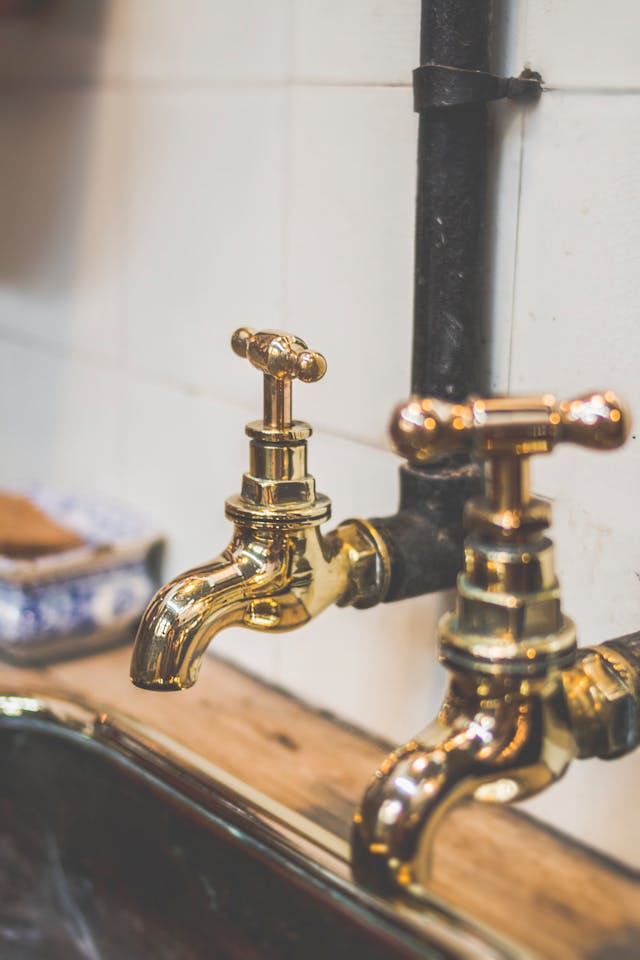
15 Jun. 2024
5 Plumbing Repairs You Should Never DIY
From clogged sinks to overflowing toilets, just about everyone has had plumbing problems in their homes at some point. Some of these issues seem like they would be easy to fix, but many require the work of a licensed plumber. Your home’s plumbing system is more complicated than you might think, and trying to fix certain problems might just make them worse. While we recommend calling a plumber if you have any doubts about your plumbing, here are five plumbing problems that you should never try to fix yourself.
1. A Clogged Sewer Line
A clogged sewer line is a serious problem that you should never tackle on your own. Not only would it be way too difficult for someone to handle without the proper training and equipment, you could do thousands of dollars worth of damage to something that will affect your entire property if you do something wrong.
2. Leaky or Burst Pipes
If you have a leaky pipe in your home, never assume that you can just tighten a joint or patch it with plumber’s tape. The pipe will need to be replaced. This is a more dangerous and difficult task than you might think, so leave it for a professional if you want it done correctly.
3. Water Heater Replacement
Water heaters can last for years, but they need to be replaced if they start to leak or make unusual sounds. Since you’re dealing with hot water and your gas lines, you should never attempt to replace a water heater on your own.
4. Gas Line Repairs
Speaking of gas lines, you should never attempt to repair them on your own. Leaky gas lines are incredibly dangerous and can cause an explosion in your home. If you suspect that you have a gas leak anywhere, evacuate your home and contact someone who can fix it as soon as possible.
5. Flooding and Standing Water
If you have flooding or standing water anywhere in your home, your problems are bigger than a clogged sink or toilet. Even if you’re able to fix the source of the flooding, you still need to deal with problems like water damage and mold. There’s also always the chance that you haven’t completely fixed the leak that caused the flooding in the first place, so contact a plumber to look over your home.
As a rule, you should never attempt to fix any plumbing problem bigger than a clogged sink. If you have any plumbing problems that you think are beyond you, contact Plumbing Doctor for repairs.
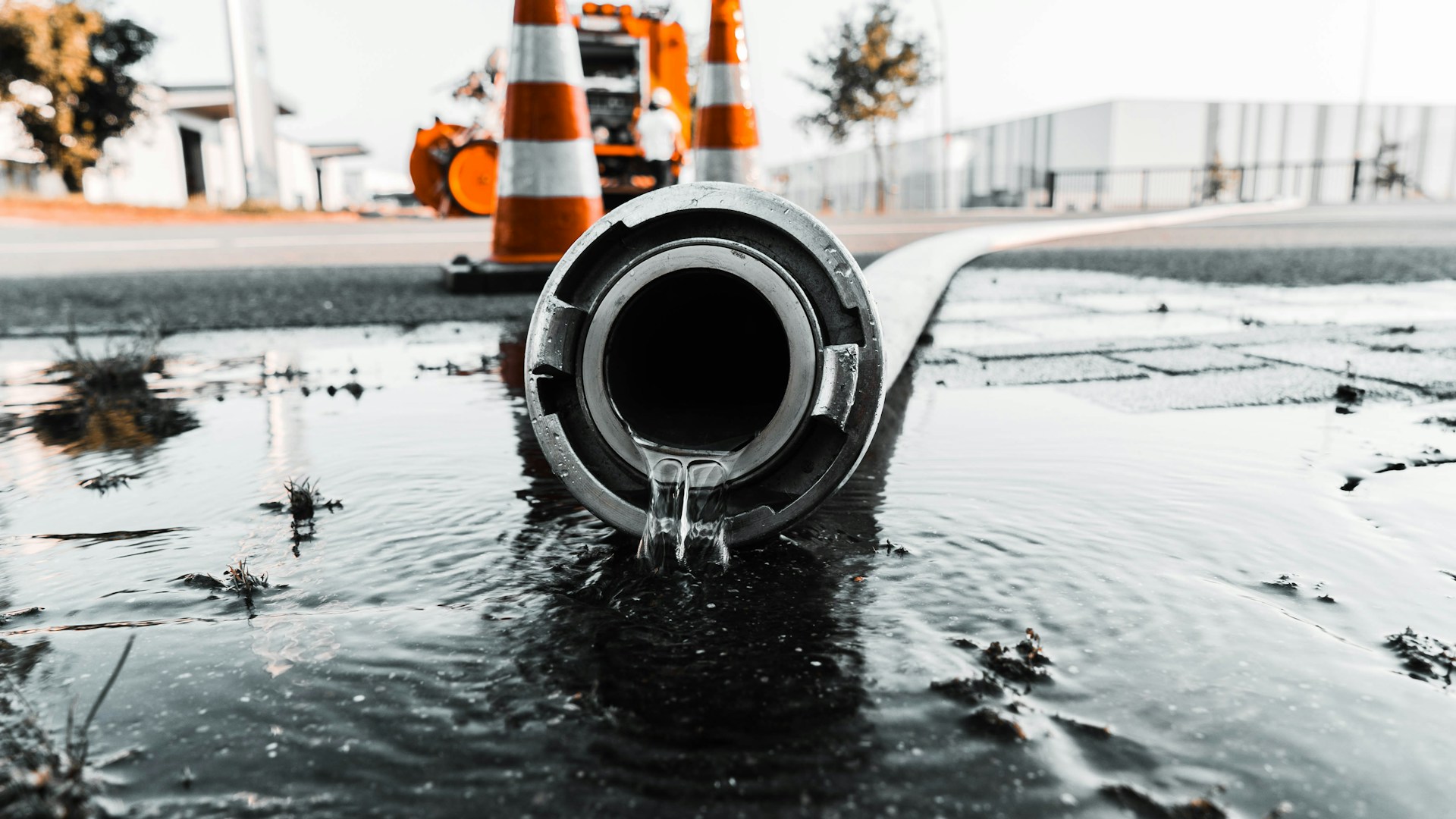
11 Jun. 2024
How to Tell If You Have a Slab Leak
Slab leaks, which occur in the water pipes hidden beneath your concrete foundation, can be a real headache. However, many homeowners have no idea when one is present because they often do not know the signs. Here are some signs to watch out for that indicate a slab leak.
Listen for the Sounds of a Leak
One of the first clues to a slab leak might be the sound of running water when no taps or appliances are in operation. This sound can be faint at first, but it might become more noticeable over time. Pay attention, especially at night when things are quieter.
The Floor Is Hot
Slab leaks often occur in hot water lines, and that heat can transfer to the floor above where the problem is occurring. So, if you notice a specific area of your floor feels warm to the touch, especially compared to other areas, it could be a sign that a leak is beneath it. This is more likely on tile or hardwood floors because carpet can insulate the heat a bit more.
Water Woes: Big and Small
A slab leak can cause a variety of water issues for you. You might see unexplained puddles of water around your foundation inside and outside of your home. This is a red flag, especially if you do not have any recent plumbing problems or a leaky appliance. Another sign to look for is cracked walls or floors near the suspected leak site. As the water leaks, it can cause the ground to shift, and this will most definitely lead to cracks.
The Bill Is in… and It Is High!
One of the most common signs of a slab leak is a sudden and significant increase in your water bill. This happens because the leaking water is going to waste, and it will be reflected in your bill. If you have not changed your water usage habits but see a spike, it is a good idea to investigate further.
Calling in the Professionals
If you suspect a slab leak, it is important to call a professional plumber right away. Slab leaks can cause severe damage to your foundation and other parts of your home, so it is best to address them as soon as possible. A plumber can use specialized tools to locate the leak and determine the best course of action for repair.
If you suspect that you have a slab leak, hurry up and call Plumbing Doctor, LLC. We will come to perform an inspection and solve the problem before it becomes a severe disaster. Our aim is to ensure our clients in Somerset, NJ and the surrounding areas feel comfortable and safe in their homes and that their plumbing performs optimally. Let us do the heavy lifting and handle your stress.
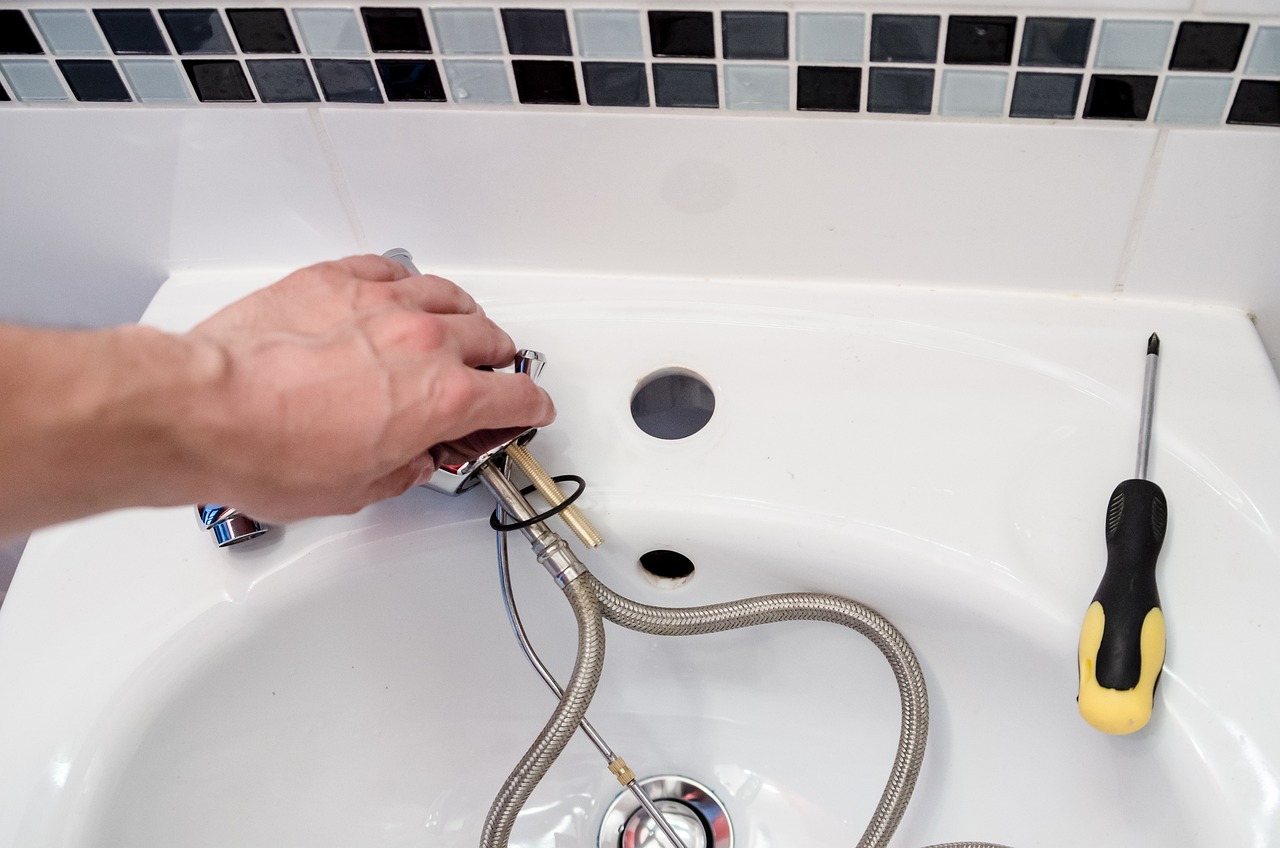
10 May. 2024
Buying a House? Here’s Why You Need a Plumbing Inspection
Though you are excited to buy a new home, this process involves many important steps to ensure that you are making a wise investment. Scheduling a plumbing inspection is one of the steps you must take. Getting a plumbing inspection might not seem as glamorous as choosing paint colors or furniture; however, it is critical for your future comfort and financial stability. Consider what such an inspection is and how it will benefit you.
What Is a Plumbing Inspection?
A plumbing inspection is a thorough examination of the pipes, fixtures and systems that make up the plumbing in a house. This is typically performed by a licensed plumber who checks for any existing issues or potential problems that may lead to costly repairs in the future.
Identifying Hidden Problems
While a house may look perfect on the surface, there is a chance that there are hidden plumbing issues lurking beneath. Leaky pipes, corroded fitting or outdated fixtures may not be visible during a casual walkthrough, but they can cause major headaches later. A plumbing inspection helps uncover these hidden problems before they become emergencies.
Ensuring Proper Functionality
Imagine moving into your dream home only to find out that the shower doesn’t drain correctly, or the toilet constantly runs. A plumbing inspection ensures that all plumbing fixtures and systems are functioning as they should. This includes checking water pressure, drainage and the performance of appliances, such as water heaters and sump pumps.
Preventing Future Expenses
Investing in a plumbing inspection upfront can save you money in the long run. By identifying and addressing issues early on, you can avoid costly repairs or replacements down the road. Fixing minor problems now can prevent them from turning into major disasters later.
Negotiating Power
If the inspection reveals plumbing issues, you can use this information as leverage during negotiations with the seller. You may be able to negotiate a lower price or ask the seller to make repairs before closing the deal.
Peace of Mind
Buying a house is a significant investment, and you want to feel confident that you’re making the right choice. A plumbing inspection provides peace of mind because you know that the plumbing in your new home is in good condition. It allows you to move in with confidence because you know you will not face any unexpected plumbing surprises.
While a plumbing inspection may seem like an added expense, this is a small price to pay because it will provide you with peace of mind and financial security. So, before you sign on the dotted line, be sure to schedule a plumbing inspection by calling the Plumbing Doctor, LLC. We provide service to clients in Somerset , NJ and the surrounding areas, and we pride ourselves in providing quality workmanship.
- 1
- 2
COVERAGE AREA:
Central New Jersey
EMAIL US:
contact@plumbingdoctornj.com
24/7 EMERGENCY CALL
908-873-6686
